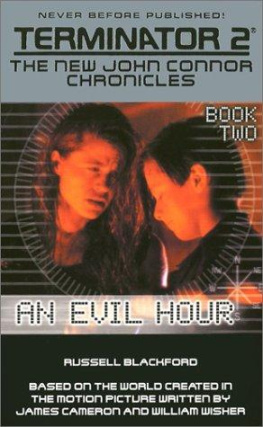If you think this case is exceptional think again. Katinka Blackford Newman vividly and eloquently describes a medical horror coming your way soon Professor David Healy, psychiatrist, psychopharmacologist, scientist and author, and a leading authority on the contribution of antidepressants to suicide
This book describes in vivid detail how ordinary people can become murderers if they take antidepressant drugs and how psychiatry can destroy people. It is a catching personal testimony about what is wrong with psychiatry, its love affair with unscientific diagnoses and harmful drugs, and its blindness towards the fact that what look like psychiatric diseases are often side effects of psychiatric drugs Professor Peter C. Gtzsche, the Nordic Cochrane Centre
For Lily and Oscar. Im so very sorry I was stolen from you for a year. Ill never leave you again, unless, of course, somebody pins me down and forcibly injects me with Prozac. And thank you, my darlings, for sharing your story to stop other lives being stolen I dedicate this book to you.
I would like to thank the following:
First, my family and friends who looked on in despair and bewilderment as I disappeared into a distant land of medication induced insanity for an entire year where none of you could reach me.
Special thanks to all of you who visited me while I shuffled around in an old dressing gown, dribbling and not making much sense, but particularly to every one of my siblings, their spouses, my niece Sarah, and the following friends Lesa Green, Helen Richards, Helen Edwards, Gabriel Kemlo, Juliette Brown and Andrea Madarasz.
Thank you to the staff of St Charles Hospital for having the insight to take me off all the drugs that caused my illness.
Thank you to every single contributor to this book, and especially to Joanna Moncrieff, Peter Gtzsche, Luke Montagu, James Davies, Professor Tim Kendall, director of the National Collaborating Centre for Mental Health, Joanne Werb, Olga Leclerq, Brian from AntiDepaware, Bob Fiddaman, David Carmichael, Andy Vickery, Blair Hamrick, Darren Hanison, Heather McCarthy, Wendy Dolin, Ellen Le Brun, Tim Tobin, Kim Crespi, Selma Eikelenboom, Richard McCann, Douglas De Coninck, and Professor Dinesh Bhugra, President of the World Psychiatric Association.
Also to those of you who have shared your stories under a different name because you are too wary of the consequences of being identified.
Thanks also to Caroline Scott for writing about my story in the Daily Mail. It gave me the courage to begin a much bigger journey.
To the members of my film production team for having faith in the pilot for the documentary I know we will make Steve Standen, Tim Watts, Iain Mitchell and Allen Charlton.
To Tony Joyce, an old friend who wandered back into my life after twenty years, read every chapter of my book and became a cheerleader on the many occasions I doubted myself.
To Rebekah Beddoe, whose book Dying for a Cure provided such comfort and knowledge to my kids and me as we grappled to understand what had happened to me. Thank you for having me to stay with your lovely family in Melbourne. I will always have a special bond with you for our shared experience and the promise we made to each other that we will use our experience to help others.
To Yolande Lucire for your hospitality in Sydney and your patience as you drip fed me the knowledge you have gathered over many years as a psychiatrist.
To my publisher John Blake for having faith in me as a new author. And my editor, Toby Buchan, for his support and enthusiasm.
There are two people without whom this book would never have happened.
Professor David Healy, words will never express the gratitude and admiration I have for you. Your work saves lives, and your courage and integrity in continuously standing up for what is right rather than what is convenient is a beacon to many of us who have been harmed by drugs that you have tried to warn the world about. Thank you for your patience in explaining things to me very, very slowly indeed and sometimes several times over, as I floundered in a world of science I was unfamiliar with. You have been there at every stage of my journey, from the very beginning when I woke up from my drug-induced, year-long nightmare, to the completion of this book, which you kindly read and corrected. Your reassurance that I wasnt mad but that the madness lies elsewhere has been a guiding light.
I would never, ever have considered writing a book were it not for the serendipitous meeting with the man who became my agent, Adrian Sington. When you suggested I write a book, I laughed and said the most Id ever written was a cheque. Your persuasion that I should write just one chapter turned into several, and six weeks later became this book.
And finally, the force that shapes our destiny chose to smile on me and determine that I was one that got away. Its a debt I know I must repay. It meant that only one year of my life was stolen, whereas others lives are stolen permanently. And this is something for which I say a prayer of gratitude every single day.
Thank you.
KATINKA BLACKFORD NEWMAN
B efore you read my story, you need to know an incredible fact: antidepressant drugs can cause ordinary people with no history of suicide, mental illness or violence to suddenly, and inexplicably, want to self-harm, or even kill themselves or other people. Yes, I know that seems to be an outrageous claim but if you dont believe me, just look at the packaging inserts that come with the drugs. Suicidal thoughts, psychosis and hallucinations are listed amongst many other unfortunate side effects, the most remarkable of which is depression. And no, thats not a misprint. Sort of like an aspirin giving you a headache, isnt it?
Talking of headaches, Im guessing thats exactly what the chief execs of Eli Lilly and Company must have had following the launch of their wonderdrug Prozac in 1988. Suddenly there were an awful lot of claims that the drug was turning people into killers. These included the sensational case of a forty-seven-year-old man, Joseph T. Wesbecker, who walked into his workplace, a printing plant, one month after taking a course of Prozac. On the morning of 14 September 1989 he opened fire with an AK-47 semi-assault rifle in Louisville, Kentucky, killing eight people and wounding twelve others before turning the gun on himself.
By the time the case against the makers of Prozac, Eli Lilly, came to court, in 1994, there were already a further 160 claims against them. And since then drug companies have paid out billions in settlements involving homicides, suicides and also birth defects allegedly caused by their antidepressants. We dont get to hear much about them because many of the claims are settled silently.
Fluoxetine (better known by its trade name Prozac) is only one of the eight serotonin reuptake inhibitor antidepressant drugs that are prescribed in the West. The others are sertraline (Zoloft, Lustral), paroxetine (Seroxat, Paxil), escitalopram (Lexapro, Cipralex), citalopram (Celexa, Cipramil), venlafaxine (Effexor), desvenlafaxine (Pristiq) and duloxetine (Cymbalta). They all work in the same way, and there have been cases involving all of them.
SSRI stands for Selective Serotonin Reuptake Inhibitors. Its thought they act by boosting serotonin in the brain by increasing the availability of existing serotonin. SSRIs have become the most commonly prescribed medication in the world and not just for depression but all sorts of other conditions, notably OCD (obsessive-compulsive disorder), eating disorders and phobias. They have largely replaced the older tricyclic antidepressants such as amitriptyline and imipramine, which have also been linked to suicides, but at nothing like the same rate as the newer drugs.

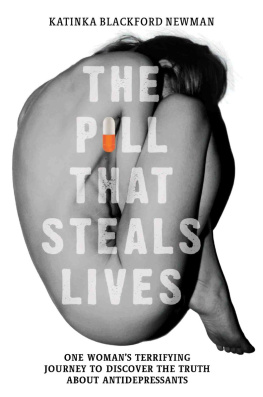
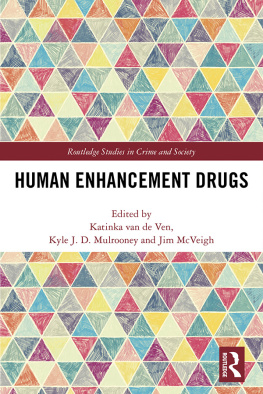

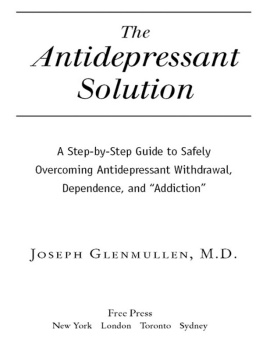
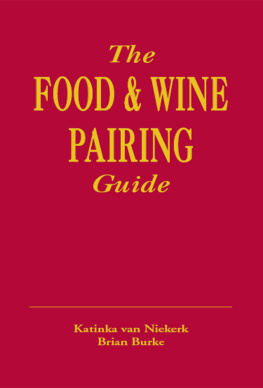
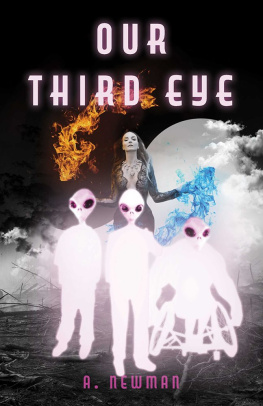

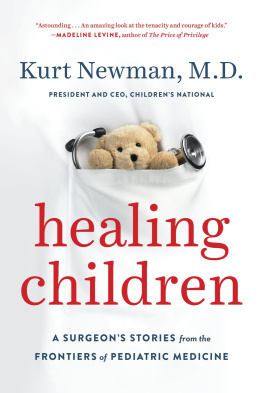
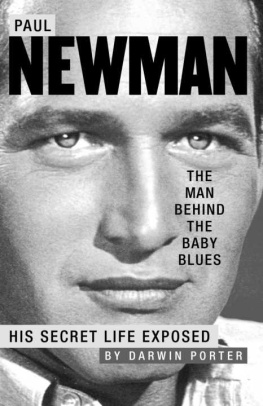
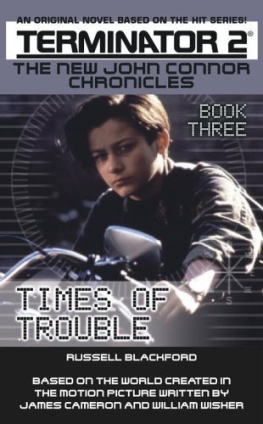
![Blackford - Freedom of religion [and] the secular state](/uploads/posts/book/167779/thumbs/blackford-freedom-of-religion-and-the-secular.jpg)
